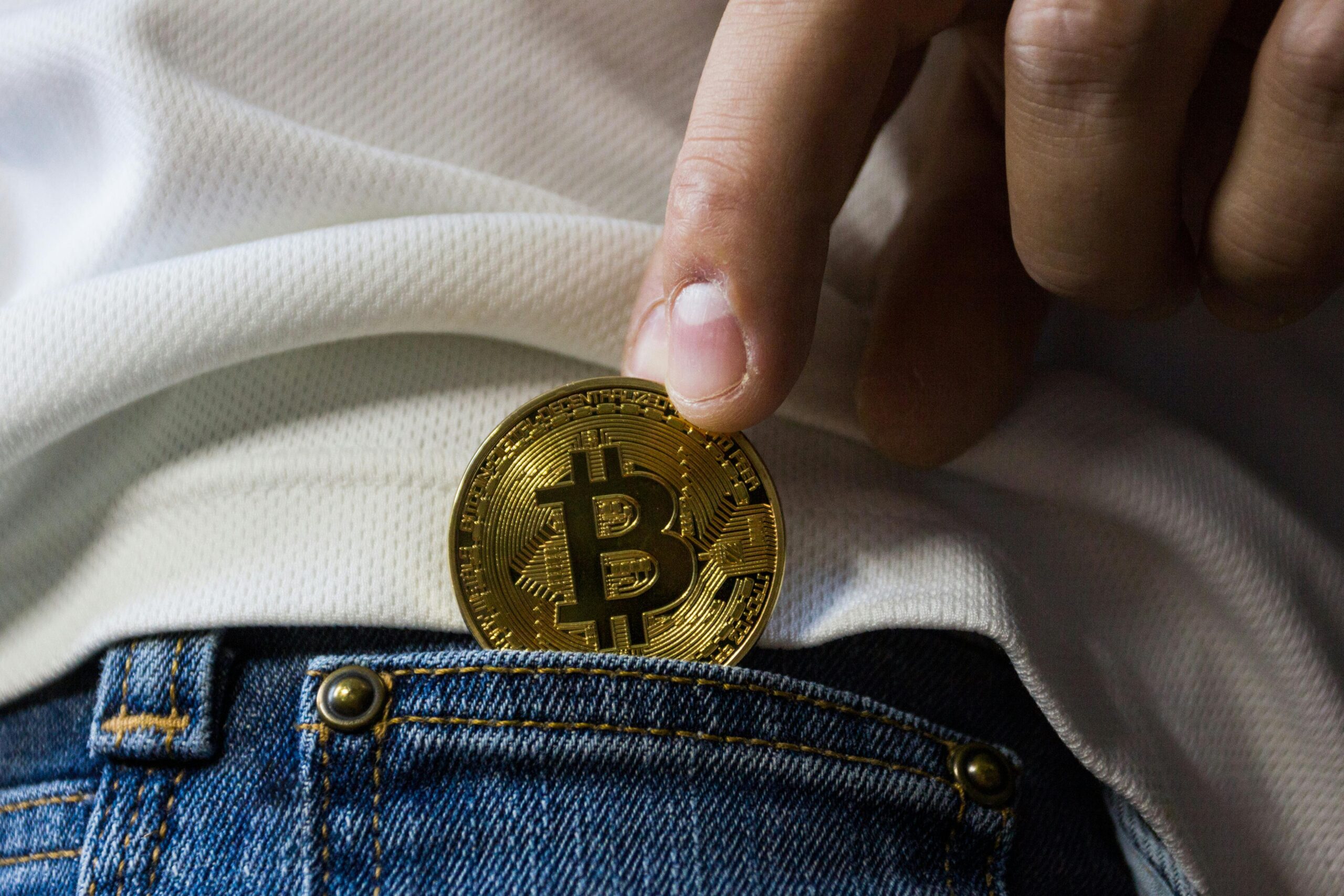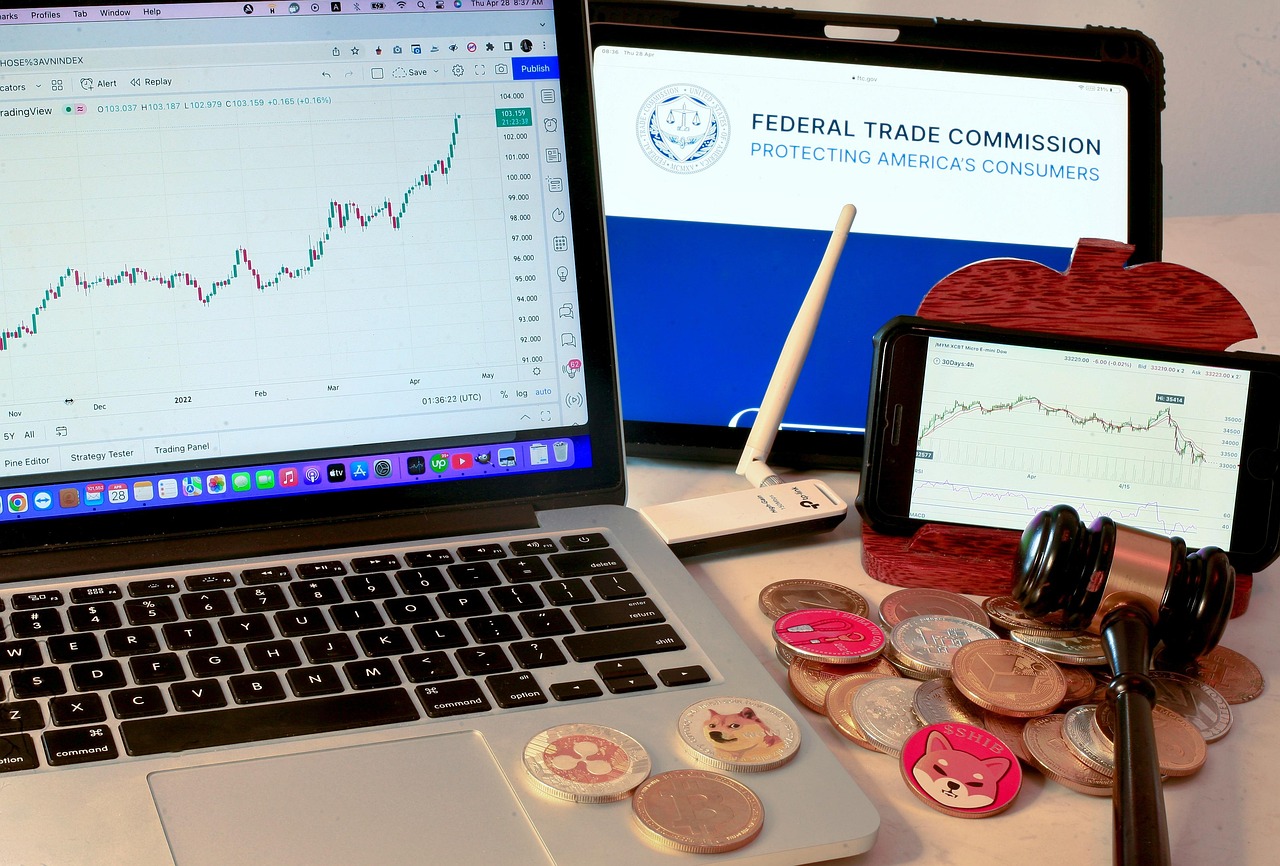Why Crypto Is Revolutionizing Modern Investing
In recent years, cryptocurrency has become one of the most exciting and fast growing investment options in the world. With Bitcoin reaching all time highs, and new tokens launching every week, crypto investment is shaking up traditional finance and giving everyday people new ways to build wealth.
But with opportunity comes complexity especially if you’re new. That’s why understanding the different types of crypto investment is so important.
What Is Crypto Investment?
Crypto investment simply means putting your money into digital assets like Bitcoin, Ethereum, or other blockchain based tokens in hopes of growing your wealth over time. These investments can take many forms buying and holding, trading, staking, and even participating in DeFi.
If you’re just getting started, this beginner’s guide will help you navigate your options, minimize risks, and choose the right crypto investment strategies.
What is Crypto Investment?
A Simple Definition
Cryptocurrency is digital money built on blockchain technology. It isn’t issued by banks or governments but operates on a decentralized network.
How Crypto Investments Work
Investors typically buy cryptocurrencies through exchanges (like Binance or Coinbase) and store them in wallets. From there, you can either hold, trade, stake, or use the coins in decentralized applications.
Risks vs. Rewards
Crypto can deliver massive returns—but it’s also extremely volatile. Prices can rise or fall drastically in a matter of hours. The key is knowing how much risk you’re willing to take and choosing the right strategies accordingly.
Common Misconceptions
- Myth: Crypto is only for tech experts
- Truth: Anyone with a smartphone can start investing
- Myth: All crypto is anonymous and used for illegal activity
- Truth: Most crypto transactions are traceable and legal
Why People Invest in Crypto
1. Potential for High Returns
Bitcoin price surged from just a few cents to over $60,000 within a decade. That’s a level of return few assets can match.
2. Decentralization and Transparency
Crypto runs on blockchain—a technology that’s open, transparent, and not controlled by any central authority.
3. Hedge Against Inflation
In countries with unstable currencies, people use stablecoins to protect their savings.
4. Access to Global Markets
Crypto is borderless. You can invest, send, or receive crypto from anywhere in the world—24/7.
How to Find New Cryptocurrencies for Investment
Cryptocurrency is evolving fast, and while coins like Bitcoin and Ethereum dominate headlines, many investors are looking for new cryptocurrencies with high-growth potential. Finding new cryptocurrencies for investment can be a great way to get ahead of the market but it’s also filled with risks. By combining smart research, reliable tools, and careful vetting, you can spot promising coins while protecting your money.
Different Types of Crypto Investments
Here’s where we explore the core types of crypto investment, from beginner-friendly methods to more advanced strategies.
Buying and Holding (HODLing)
HODLing means buying crypto and keeping it long-term—often through market ups and downs.
Best coins to HODL: Bitcoin (BTC), Ethereum (ETH), Solana (SOL)
Pros:
- Low maintenance
- Ideal for beginners
- Tax benefits in some countries
Cons:
- No passive income
- Risk of market crashes
Trading (Short-Term Investing)
Trading involves buying and selling crypto frequently to profit from price swings.
- Day Trading: Fast, frequent trades
- Swing Trading: Holding for days or weeks
Tools: Technical analysis, price charts, and platforms like Binance or KuCoin
Pros:
- Potential for quick gains
- Exciting and fast-paced
Cons:
- Risky without experience
- Time-consuming
Staking
Staking means locking your coins in a blockchain network to help secure it—and earn rewards.
Popular staking coins: Cardano (ADA), Ethereum (ETH 2.0), Polkadot (DOT)
Pros:
- Passive income
- Lower energy use vs. mining
Cons:
- Locked coins
- Platform risk
Mining
Mining is using computers to validate blockchain transactions and earn new coins.
- Proof-of-Work (PoW): Bitcoin, Litecoin
- Proof-of-Stake (PoS): Ethereum (after upgrade)
Cloud mining is a cheaper, beginner-friendly alternative.
Pros:
- Earn from new coin issuance
- Long-term value
Cons:
- Expensive equipment
- High electricity costs
DeFi (Decentralized Finance)
DeFi lets you lend, borrow, and earn interest on crypto without a bank.
- Yield farming: Earning by providing liquidity
- Platforms: Aave, Compound, Uniswap
Pros:
- High interest rates
- Complete control over funds
Cons:
- Complex for beginners
- Risk of smart contract bugs
NFT Investments
NFTs (Non-Fungible Tokens) are digital assets like art, music, or game items.
Where to buy/sell: OpenSea, Rarible
Pros:
- Unique ownership
- Big market in digital art/gaming
Cons:
- Hard to resell
- Volatile prices
Crypto Index Funds and ETFs
These are collections of different cryptocurrencies grouped together, so you don’t need to choose individual tokens.
Platforms: Bitwise, Grayscale
Pros:
- Easy diversification
- Lower risk than single tokens
Cons:
- Management fees
- Limited control
ICO/IDO/IEO Investments
- ICO: Initial Coin Offering
- IDO: Initial DEX Offering
- IEO: Initial Exchange Offering
You invest early in new tokens before they hit exchanges.
Pros:
- Huge return potential
- Early mover advantage
Cons:
- High scam risk
- Requires deep research
Stablecoins as Conservative Investment
Stablecoins like USDT and USDC are pegged to the U.S. dollar. They don’t grow much, but they’re low risk.
Uses:
- Store value
- Earn yield via lending platforms (3%–10% APY)
Types of Crypto Investment vs. Risk & Return
| Investment Type | Risk Level | Potential Return | Ideal For |
|---|---|---|---|
| HODLing | Low–Medium | Medium–High | Beginners |
| Trading | High | High | Experienced users |
| Staking | Low | Low–Medium | Passive income seekers |
| Mining | Medium–High | Medium | Tech-savvy users |
| DeFi | High | Very High | Risk-tolerant investors |
| NFTs | High | Unpredictable | Art/gaming fans |
| Stablecoins | Very Low | Low | Safe storage |
Factors to Consider Before Investing
- Volatility: Crypto prices can change fast
- Regulation: Always follow your country’s laws
- Security: Use wallets and strong passwords
- Diversification: Don’t put all your funds in one coin
Best Platforms and Tools for Crypto Investment
- Exchanges: Binance, Coinbase, Kraken
- Wallets: MetaMask (hot), Ledger (cold)
- Tracking tools: CoinMarketCap, CoinGecko
- Analysis tools: TradingView, DappRadar
Tips for Beginners in Crypto Investment
- Start small—₱1,000 is enough to begin
- Never invest money you can’t afford to lose
- Avoid emotional decisions
- Keep learning through YouTube, blogs, and Reddit
Common Mistakes to Avoid
- Panic selling when prices drop
- Falling for “get-rich-quick” scams
- Leaving coins on exchange without protection
- FOMO (Fear of Missing Out) investing in hype coins
Future of Crypto Investment
- AI + Crypto: Smarter investment tools
- Real-world asset tokenization: Real estate, stocks, and more going crypto
- Government regulation: More protection for investors
Conclusion
Crypto offers an exciting path to financial growth—but it’s not without risk. By learning the different types of crypto investment, you can choose what fits your goals, budget, and risk tolerance.
Frequently Asked Questions
1. What is the safest type of crypto investment for beginners?
HODLing major coins like Bitcoin or using stablecoins on trusted platforms is generally considered safest.
2. How much should I invest in crypto as a newbie?
Start with what you can afford to lose—₱1,000 to ₱5,000 is common for beginners.
3. Is staking better than trading?
For most beginners, staking is safer and offers passive income. Trading requires more experience.
4. What are the best crypto wallets for beginners?
MetaMask (for Ethereum-based tokens) and Trust Wallet are easy to use. For better security, try Ledger or Trezor.
5. Can I lose all my money in crypto?
Yes. Like all investments, crypto carries risks. Research, diversify, and never invest blindly.
Disclaimer
This article is for informational purposes only and does not constitute financial advice. Cryptocurrency investments are volatile and risky. Always do your own research and consult a financial advisor before making any investment decisions.



